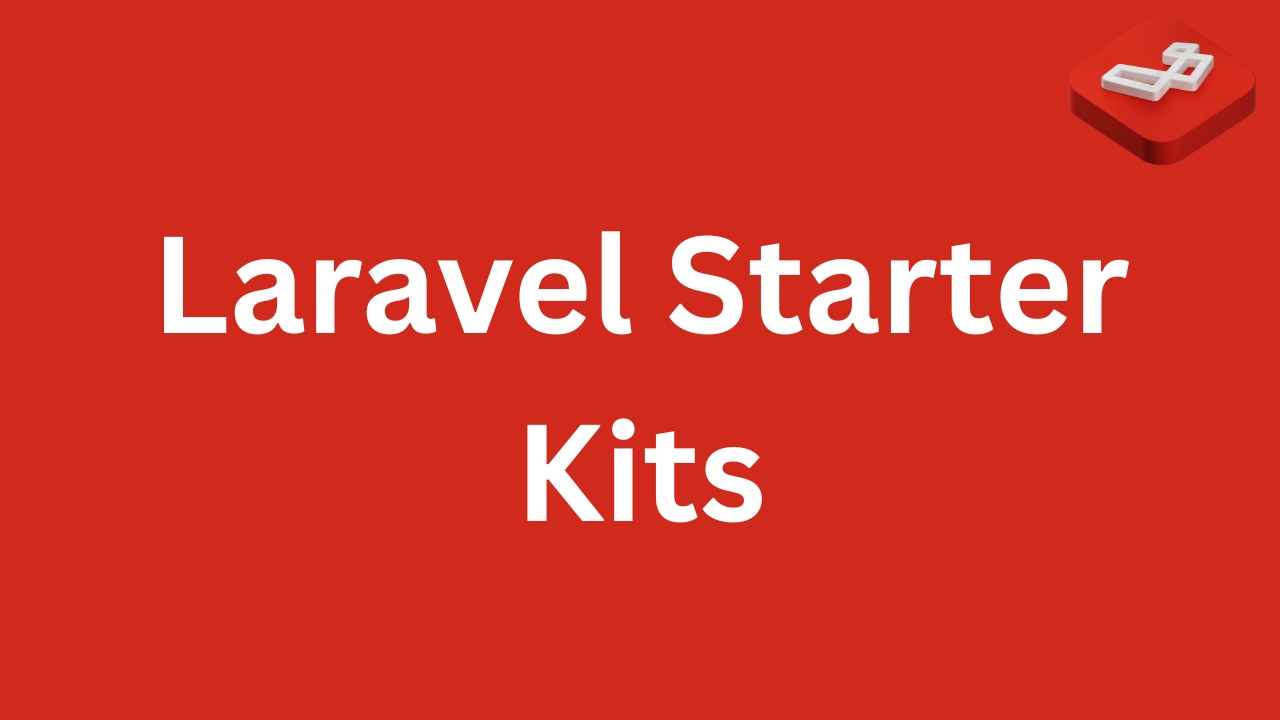Laravel 12 Starter Kits — A Complete Field Guide

Laravel 12 shipped in February 2025 with an all‑new starter‑kit experience that replaces the long‑serving Breeze and Jetstream.
Instead of installing a package after you scaffold your project, you now choose a fully‑featured template before the installer runs, and the CLI drops a complete code‑base (front + back end) into place. You own every line, so nothing stands between you and customisation.
1. What exactly is a “starter kit”?
A Git‑repository on Packagist that looks like a normal Laravel project.
Must contain authentication, registration, password‑reset flows and a sensible UI.
May target any front‑end technology (React, Vue, Livewire, Blade‑only APIs, etc.).
Distributed exactly like a Composer package, so the Laravel installer can “clone & re‑namespace” it for you.
2. Official first‑party kits
Kit | Front‑end stack | Layout choices | Component library | SSR‑ready? |
|---|---|---|---|---|
React | React 19 + Inertia 2 + TypeScript |
| shadcn/ui | ✅ Inertia SSR support |
Vue | Vue 3 (Composition API) + Inertia 2 + TS |
| shadcn‑vue | ✅ |
Livewire | Blade + Livewire 3 |
| Flux UI | n/a |
All three default to Tailwind 4.
Creating a project interactively
composer global require laravel/installer
laravel new acme-portal
# ⇨ choose “React”, “Vue”, or “Livewire” when prompted
npm i && npm run dev
php artisan serveThat’s it—you have login, register, password reset, email verification, settings, dark‑mode, etc., out of the box.
3. Installing third‑party kits with --using
Any Packagist package that contains a valid composer.json + .env.example can be used:
# Blade‑only UI
laravel new blog-backend \
--using=nikolaybalkandzhiyski/laravel-12-blade-starter-kit
# API‑first, JWT‑auth kit
laravel new api-service \
--using=mehedi8gb/laravel-api-starter-kitBoth examples above are community kits published in 2025.
Tip: keep your own preferred boilerplate private by pushing it to a GitHub repo, tagging a release on Packagist and pointing
--usingat it.
4. Switching from sidebar to header navigation
All official kits ship two complete layout files. Changing the import (or Blade component) flips the entire shell.
4.1 React (Inertia)
import AppLayoutTemplate from '@/layouts/app/app-header-layout'; // ← switch!import AppLayoutTemplate from '@/layouts/app/app-header-layout'; // ← switch!
import { ReactNode } from 'react';
export default function AppLayout({ children }: { children: ReactNode }) {
return <AppLayoutTemplate>{children}</AppLayoutTemplate>;
}4.2 Vue 3 (Composition API, <script setup>)
<script setup lang="ts">
import AppLayout from '@/layouts/app/AppHeaderLayout.vue'; // swap import
</script>
<template>
<AppLayout>
<slot />
</AppLayout>
</template>4.3 Livewire 3 / Blade
{{-- Switch to the header layout --}}
<x-layouts.app.header>
<flux:main container>
{{ $slot }}
</flux:main>
</x-layouts.app.header>Save, refresh the browser, and your navigation jumps from a collapsible side‑menu to a polished top bar—no extra build step required.
5. Extra goodies you might overlook
Feature | Where / how |
|---|---|
AuthKit (WorkOS), passkeys, social log‑in, SSO | Select the WorkOS variant at install time, then set |
shadcn / Flux components |
|
Inertia SSR (React / Vue) |
|
Email verification | Uncomment the |
Publishing mail templates |
|
6. Migrating from Breeze / Jetstream
Existing project? Keep the kit you already have—nothing breaks. For new builds the CLI simply hides Breeze/Jetstream, but you can still:
composer require laravel/breeze:"^2.0" # or laravel/jetstream:"^5.0"
php artisan breeze:install --inertia
npm i && npm run devBreeze will pull in its own stub views and live happily next to the new installer.
7. Troubleshooting quick‑hits
“No starter kits appear in Sail/WSL2” – The CLI prompts run before Sail spins up. Install locally (via php.new or Herd‑Lite) first, then pull Sail in.
“I need classic Blade only” – use a community kit such as LaravelDaily/Starter‑Kit.
“Do I need to update the kit?” – No. You own the code; treat it like any other part of your app.
Final thoughts
Laravel 12’s new starter‑kit ecosystem is opinionated but hands‑off: you start with a production‑ready foundation and can tear into every component the moment you need to. Whether you lean React, Vue, Livewire, or pure Blade, the installer’s --using flag plus Packagist turns the whole community into your personal boiler‑plate library. Happy hacking! 🎉